Online Credit Card Protection: 5 Tips to Secure Your Information

With the rise of e-commerce, protecting your credit card information online is more critical than ever. Cyber threats, including identity theft and fraud, pose significant risks to consumers and businesses alike. However, by adopting effective security practices, you can minimize your exposure to these threats and safeguard your financial information.
This blog post outlines five essential tips to enhance your online credit card protection. From using secure websites to employing virtual credit cards, each tip provides practical advice to help you stay secure while shopping online.
Implementing these strategies can create a safer online shopping experience, allowing you to enjoy the convenience of e-commerce without compromising your financial security. Let's dive into the first tip.
1. Use Secure Websites
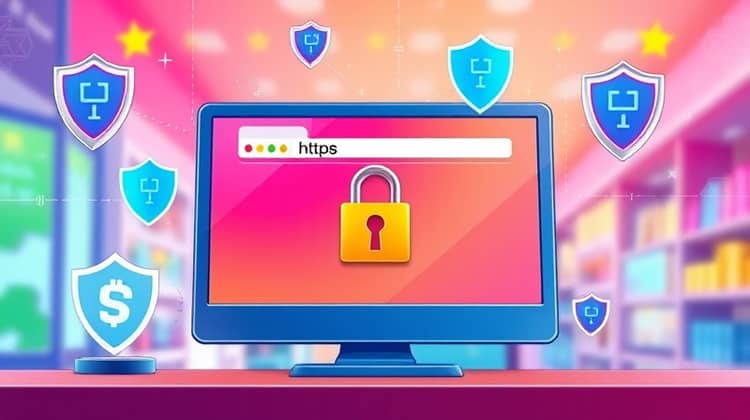
The first step in protecting your credit card information is ensuring that you only shop on secure websites. This means looking for signs that indicate a site is safe to use and trustworthy.
- Check for HTTPS in the URL; it indicates that the site uses SSL encryption to protect data.
- Look for a padlock icon in the address bar, which also signifies a secure connection.
- Avoid sites that have no contact information or customer service options. If something goes wrong, you want a way to reach out. S
Using secure websites adds a layer of protection against hackers who may try to intercept your credit card information during transactions. Make this a habit every time you shop online.
2. Enable Two-Factor Authentication
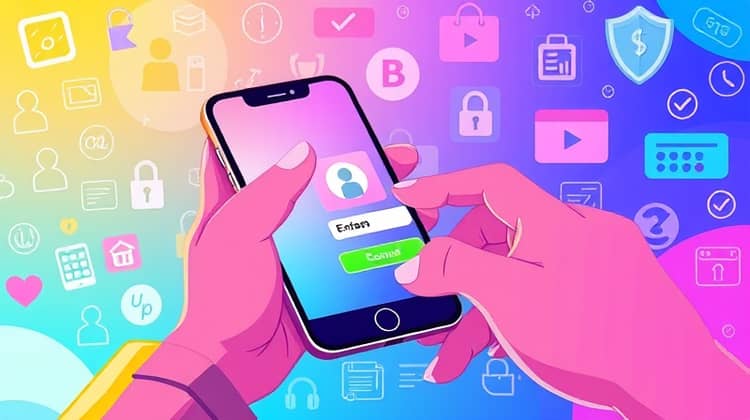
Two-factor authentication (2FA) adds an extra layer of security to your online accounts. By requiring two forms of verification, it can significantly reduce the risk of unauthorized access.
- Set up 2FA on your banking and shopping websites.
- Use authenticator apps instead of SMS for better security.
- Choose security questions that are not easy for others to guess.
Enabling two-factor authentication can help protect your financial information even if someone manages to obtain your password. It’s a simple, effective security measure that is easy to implement.
3. Monitor Your Accounts Regularly
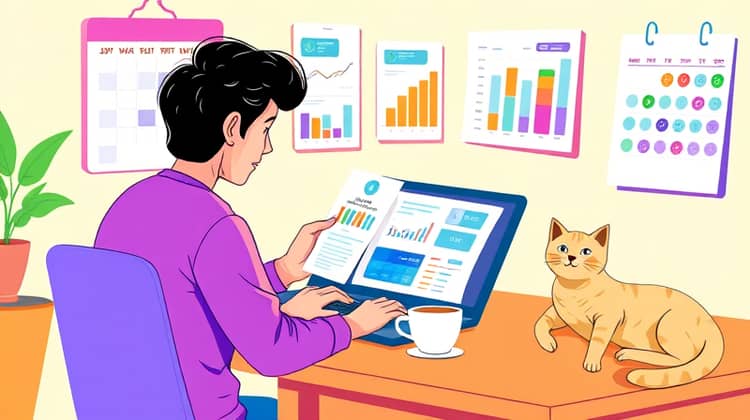
Regularly reviewing your bank and credit card statements is crucial for identifying fraudulent activity. Early detection can help minimize damage and facilitate quick responses.
Check your transaction history at least once a week, or more frequently if you're an active online shopper.
- Immediately report any unauthorized transactions to your bank or credit provider.
- Check for any recurring charges that you did not approve.
- Set up alerts for transactions over a certain amount to stay vigilant.
By staying on top of your account activity, you will be in a better position to react swiftly to potential fraud or misuse of your credit card information.
4. Beware of Phishing Scams
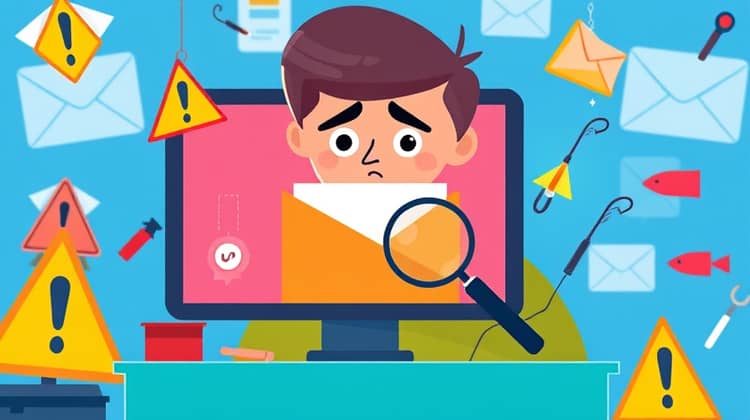
Phishing scams are deceptive attempts to obtain sensitive information by pretending to be a legitimate source. These scams can come in many forms, including emails, texts, or even phone calls.
Always be cautious when receiving unsolicited communications, particularly if they urge you to act quickly or provide personal information.
- Examine the sender's email address; often it's a slight variation of a legitimate company.
- Do not click links in unsolicited emails; navigate directly to the company's website instead.
- Look for grammatical errors or unusual requests which can be indicators of a scam.
Being aware of phishing techniques and taking proactive measures can significantly decrease your chances of falling victim to these scams, and thereby protect your credit card information.
5. Use a Virtual Credit Card
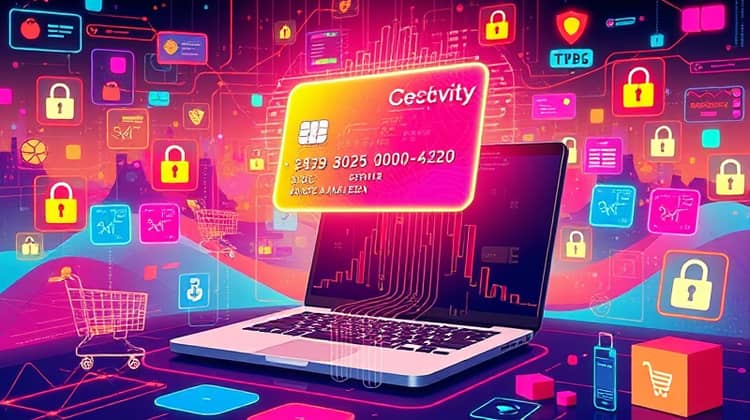
A virtual credit card is a temporary card number linked to your actual credit card account. It can be used for online transactions to protect your real card number from potential fraud.
Using a virtual card number provides an additional layer of anonymity and security when making purchases, especially for transactions with unfamiliar websites.
Many banks and financial service providers now offer virtual card options, making it easy to adopt this security measure.
Protecting Your Credit Card Information Online
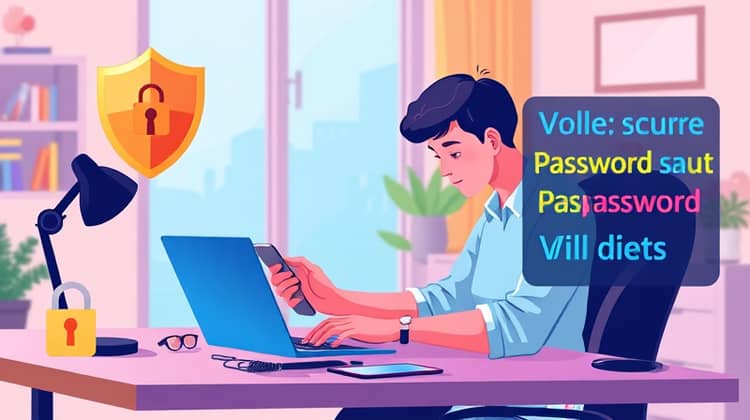
In today's digital landscape, taking steps to secure your credit card information is more important than ever. As we engage in online transactions, we must be vigilant and equipped with the right tools and tactics to protect ourselves.
Besides the tips mentioned above, regularly updating passwords, using strong and unique passwords, and accessing accounts only from secure networks can also further enhance your security posture.
It's essential to educate yourself continuously about new security measures, as cyber threats are constantly evolving and becoming more sophisticated.
By following responsible online behaviors, such as being cautious about sharing credit card information and knowing your rights, you empower yourself to maintain control over your financial safety.






